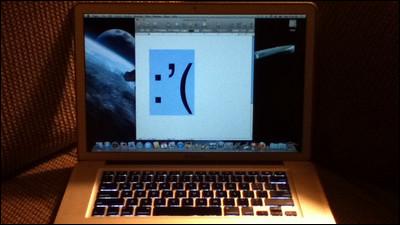What is the history of the semiconductor industry hidden in 'a fabric with a pattern that looks just like Intel's Pentium processor'?

Ken Sharif, who studies computer history and restores old computers, introduced a chapter in the history of the semiconductor industry in the United States after he noticed a Native American textile at a museum exhibit that resembled the pattern of Intel's
The Pentium as a Navajo weaving
https://www.righto.com/2024/08/pentium-navajo-fairchild-shiprock.html
While visiting the National Gallery of Canada, Sharif noticed a pattern on a Navajo textile from New Mexico that looked similar to the pattern on Intel's Pentium processor. The textile, called 'Replica of a Chip,' was commissioned by Navajo weaver Marilou Schultz in 1994 as a gift from Intel to the American Indian Science and Engineering Society (AISES).

Below is a photo of the Pentium processor (right) developed under the code name 'P54C'.

Comparing Schultz's fabric with the Pentium processor die (right), we can see that the pattern on the fabric is a fairly faithful reproduction of the Pentium processor pattern, but the image of the die was inverted by Sharif, because the museum had displayed the work upside down.

Below is an image showing the areas of the Pentium processor on the fabric.

The reason why Intel chose to use Navajo textiles as the pattern for its Pentium processors dates back to the 1960s.
Fairchild Semiconductor, a former semiconductor company in the United States, was founded by eight former employees of the Shockley Semiconductor Laboratory, which was established by William Shockley, a former researcher at Bell Labs and known as the inventor of the transistor. Among these eight were Gordon Moore and Robert Noyce , who would later go on to found Intel. Noyce invented the integrated circuit in 1959, and Fairchild Semiconductor quickly became a leading semiconductor manufacturer, laying the foundations of Silicon Valley.
In 1965, Fairchild Semiconductor built a factory in Shiprock , New Mexico and began producing semiconductors.
Fairchild Semiconductor built the factory in Shiprock as an attempt to improve the economic situation of the Navajo, an ethnic minority group that was oppressed at the time. Raymond Nakai, the Navajo tribal leader at the time, believed that 'industrialization was the only answer for the tribe to survive,' and approved the construction of a factory in Shiprock, which is Navajo land. The Shiprock factory employed about 1,200 workers, more than 90% of whom were Navajo.
At that time, a photo of the chip patterns produced at the factory side-by-side with Navajo textiles was featured in a pamphlet (PDF file) . This pamphlet showed the exchange between the Navajo and Fairchild Semiconductor. At the time, the science magazine National Geographic featured the textiles as 'textiles for the space age' and described the Shiprock mill as the Navajo's most successful economic project.

In 1968, three years after the factory was established, Moore and Noyce left Fairchild Semiconductor to found Intel.
In the 1970s, Fairchild Semiconductor's business situation deteriorated rapidly due to the economic downturn caused by the oil crisis. Between 1973 and 1975, Fairchild Semiconductor laid off more than 8,000 employees, including Navajo people at its Shiprock plant.
As a result, Navajo extremists armed with rifles occupied the Shiprock plant and demanded that Fairchild Semiconductor rehire its employees. The two parties later reached

Later, in 1980, Intel built a large chip manufacturing plant on the outskirts of Albuquerque, New Mexico, about 300 km from Shiprock. This plant was one of the largest facilities owned by Intel at the time, and is said to have supported 70% of Intel's sales. The Pentium and Pentium Pro chips were manufactured here. In other words, the creation of the textile that imitated Intel's Pentium chip was not just a stroke of inspiration, but was based on the 'relationship between the semiconductor industry and the Navajo people' that had continued since the 1960s.
In 2008, Schultz released a textile called 'Untitled (Unknown Chip),' which reproduces the circuit pattern of the AMD K6-III. At the time of writing, he is currently working on a textile that reproduces the 9040 chip produced at the former Fairchild Semiconductor Shiprock factory.

Related Posts:
in Hardware, Posted by log1i_yk






